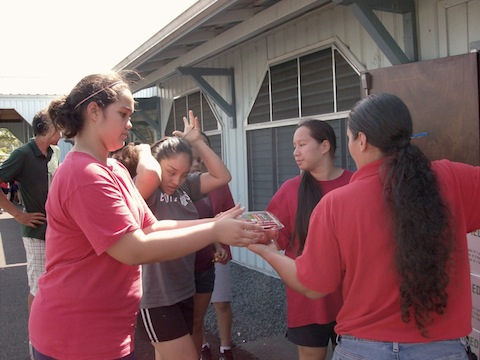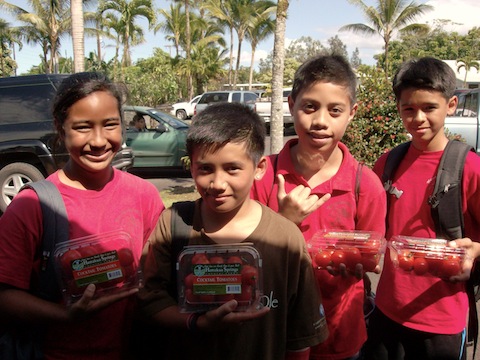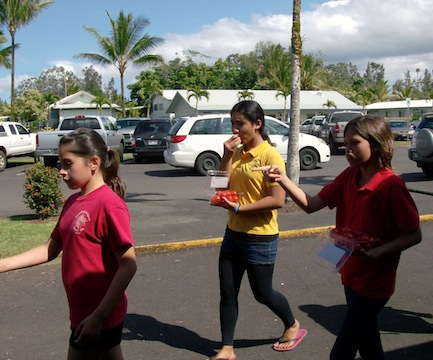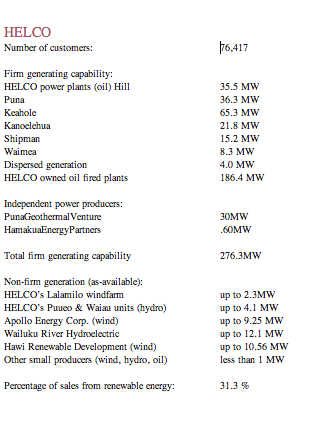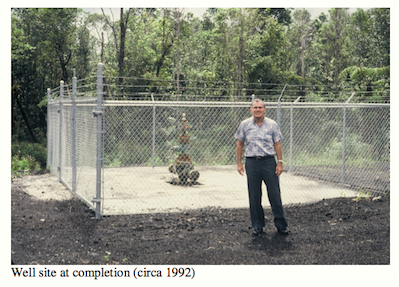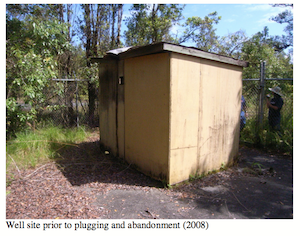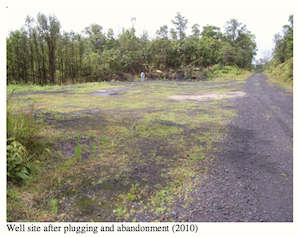Richard Ha writes:
Like a rubber band, farming can only take so much before things snap.
An annual energy bill that was $30,000 ten years ago is now $120,000. It used be that it might take four years for an energy bill to accumulate to a total of $120,000, but now it's only one year's bill – and it's still rising.
Agriculture and energy are closely related. The price of oil has quadrupled over the last ten years, and that affects farmers in many ways.
All farmers who use electricity are affected. Farmers in Waimea use lots of electricity to vacuum-cool their greens. Papaya growers fly their product, and it takes a lot of energy to run the vapor heat treatment operation. The irradiator that treats ginger, lychee, bananas and other crops for export is similarly affected.
Wholesalers and retailers use lots of electricity to maintain freshness and they must pass on the cost.
Consumers who support locally grown products are noticing their food costs rising. They, themselves, can only take so much before they run out of options.
HELCO's plan to bring 72 MW of affordable biomass and geothermal online to replace oil will help farmers.
The cost of energy is critical to farmers, and time is short.

